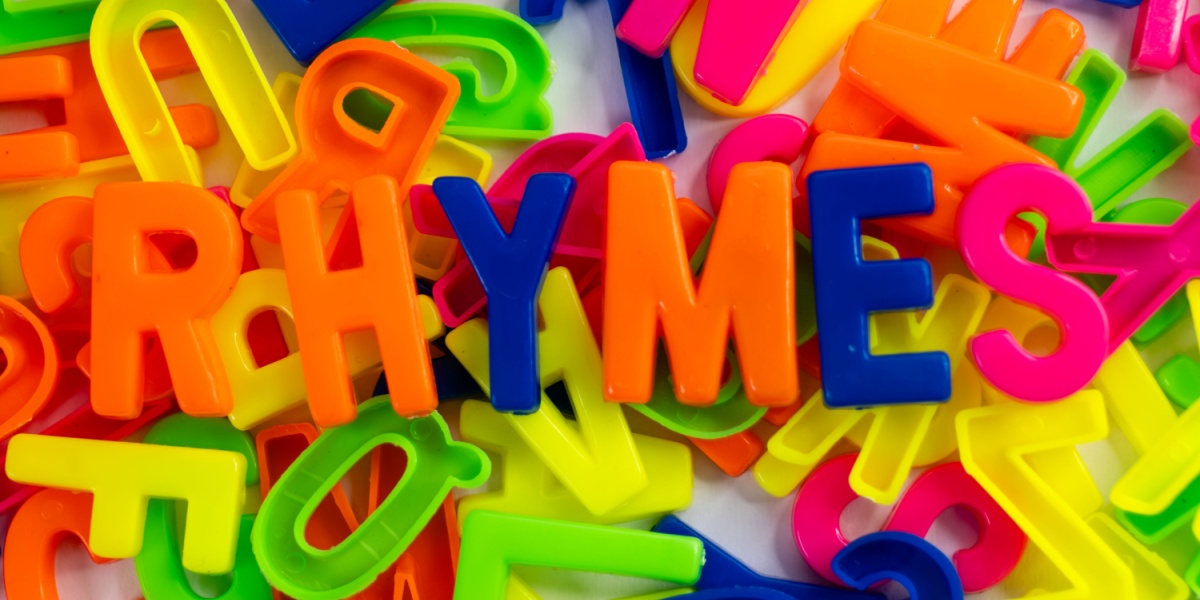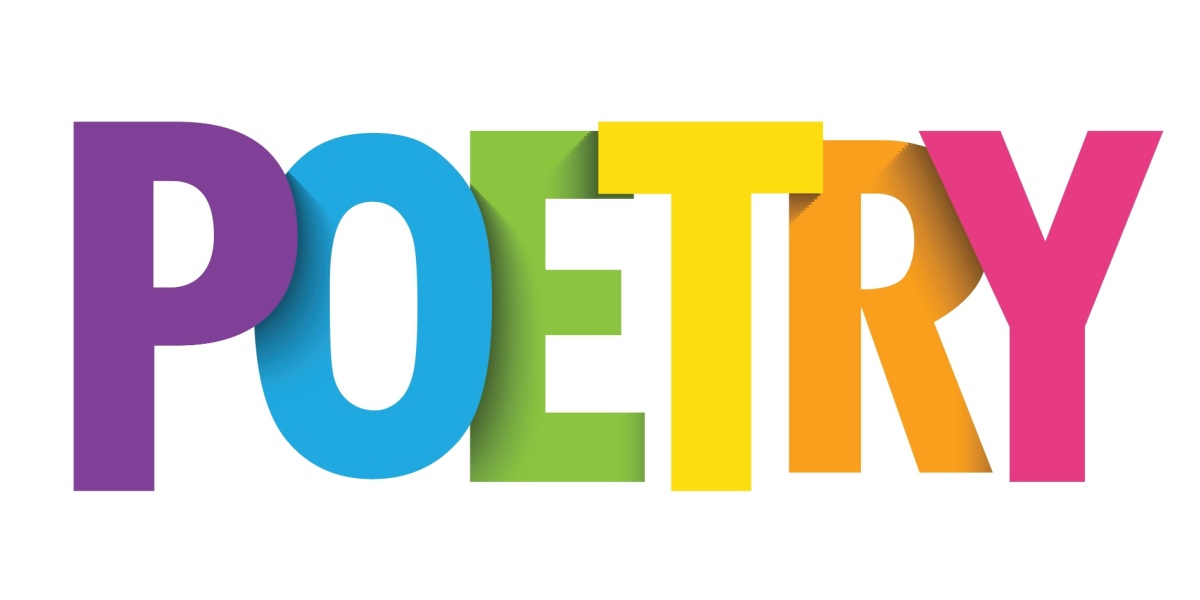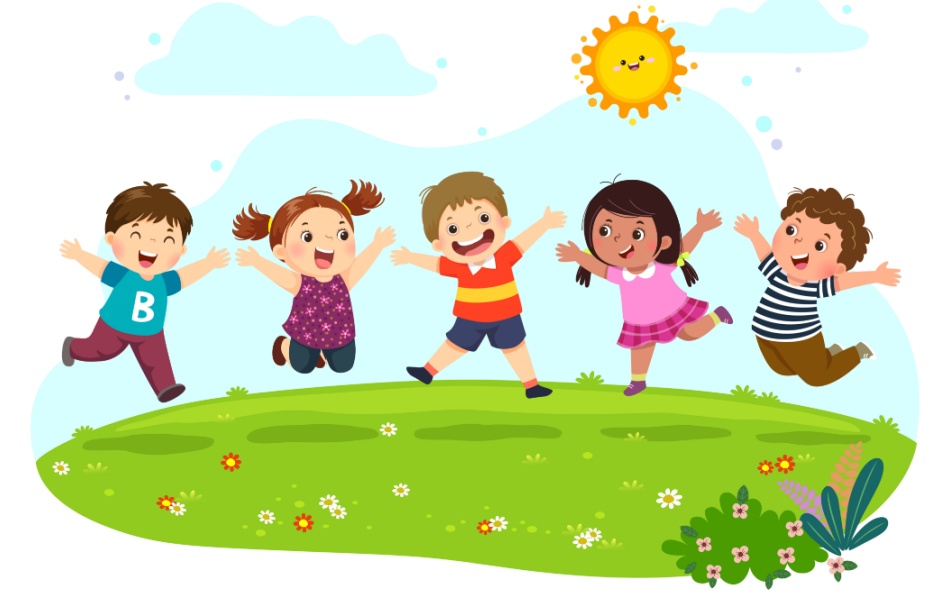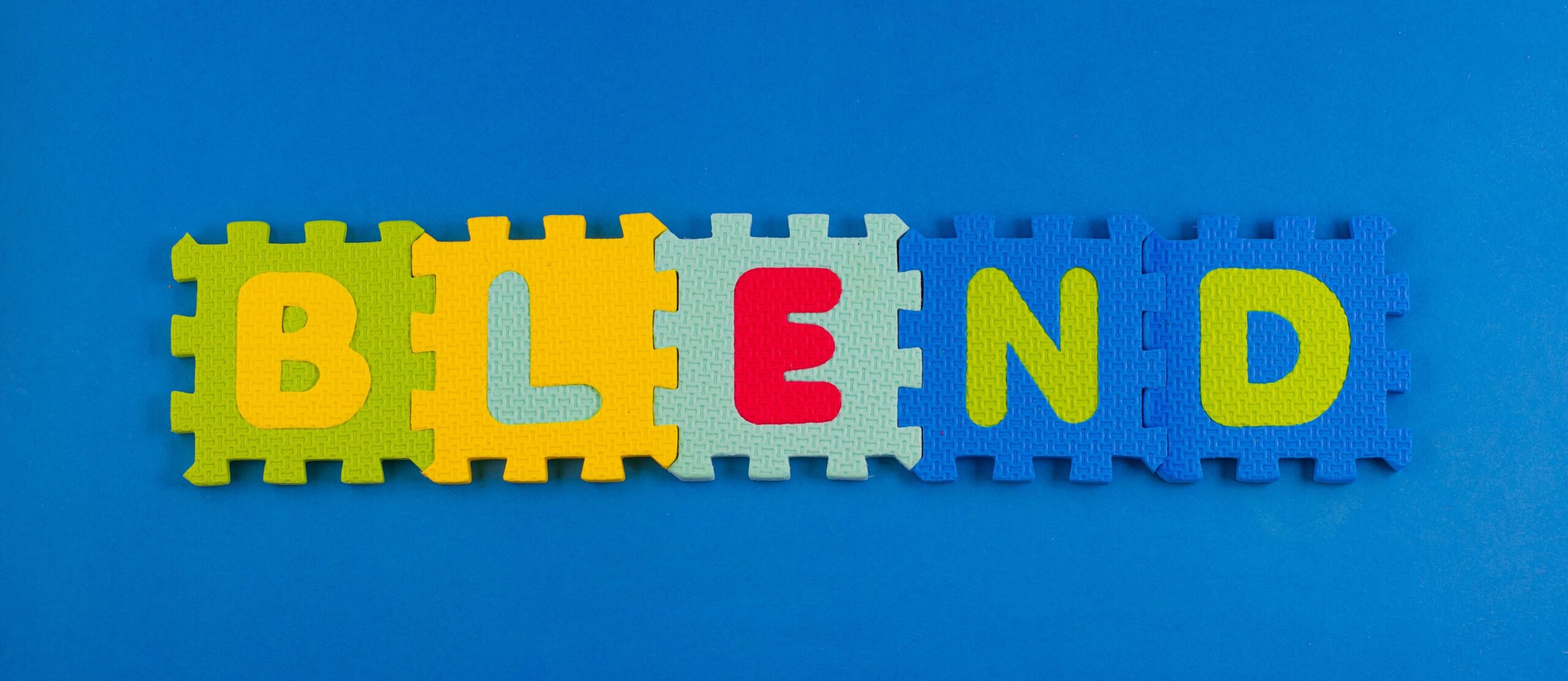Rhyming Schemes for Kids with Examples
Share
Understanding rhyming schemes in nursery rhymes, poems, and songs helps kids recognize patterns in language, which can help literacy skills—let’s explore the basics!
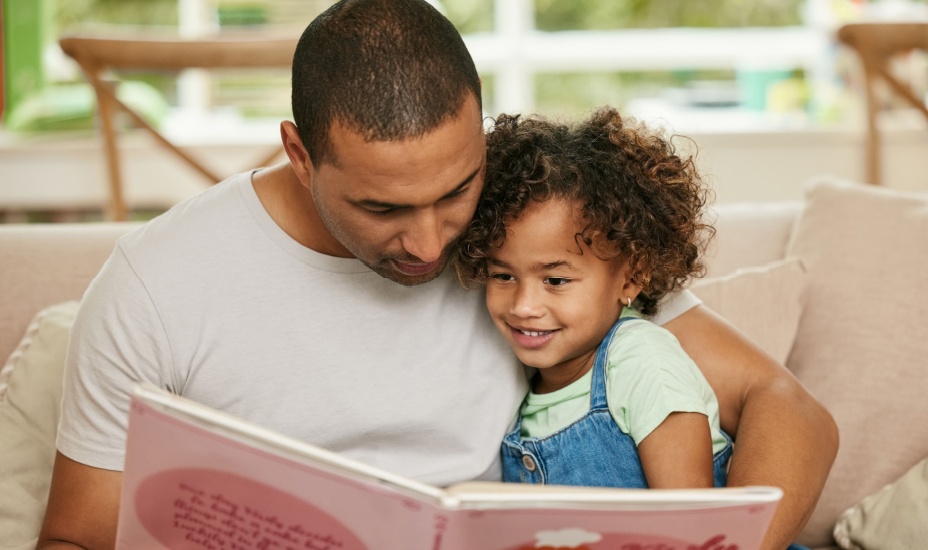
What is a Rhyme Scheme?
A rhyme scheme describes the pattern of rhyming words at the end of each line in poetry. These are usually described using letters like A, B, C, D, etc., with each letter standing for one rhyming word ending.
As an example, let’s look at this common nursery rhyme:
Twinkle, twinkle little star (A)
How I wonder what you are? (A)
Up above the world so high (B)
Like a diamond in the sky. (B)
Focus on the words at the end of each line, assigning each one a letter. The first line, which ends in the word “star,” is always assigned the letter A. In the second line, the ending word is “are,” which rhymes with “star” from the first line. So, it also receives the letter A.
In the third line, the rhyme at the end changes (“high”), so we give it the letter B. The fourth line ends with a word that rhymes with the third line (“sky”), so it’s also B.
That means the rhyming scheme for this poem is AABB.
It’s important to recognize that rhymes may not always be exact. For instance, in Jack and Jill, “water” and “after” are counted as rhyming words. These are known as slant rhymes, as their sounds are fairly similar. Slant rhymes are frequently part of rhyme schemes.
More Rhyming Scheme Examples
Note that two lines of a rhyming scheme don’t need to be right next to each other in a poem to share the same rhyme scheme. These are the opening lines to Poe’s “Annabel Lee.”
It was many and many a year ago, (A)
In a kingdom by the sea, (B)
That a maiden there lived whom you may know (A)
By the name of Annabel Lee; (B)
This creates the common ABAB pattern, which is often found in song lyrics.
Sometimes the word that ends a line doesn’t have a matching rhyme in another line, like this:
Baa, baa, black sheep, (A)
Have you any wool? (B)
Yes, sir, yes, sir, (C)
Three bags full. (B)
The rhyme scheme in this case is ABCB. A and C don’t have rhymes, but they still have individual letters assigned to them.
Here’s a slightly more complex version:
Little Miss Muffet (A)
Sat on her tuffet (A)
Eating her curds and whey. (B)
Along came a spider (C)
That sat down beside her (C)
And frightened Miss Muffet away. (B)
That makes the rhyme scheme for this poem AABCCB.
How Does Learning Rhyming Schemes Support Early Literacy?
One of the earliest skills young readers need to develop is phonemic awareness: the understanding that words are made up of individual sounds. Rhyming words like those used in rhyme schemes show young learners that many words share the same phonetic sounds. When preschoolers learn to recognize rhyming words, they’re developing important phonemic awareness skills that can aid literacy skills. While rhyming is a fun and engaging way to practice literacy skills, research has shown that it’s not a critical skill for learning to read. Learn more about rhyming’s role in early literacy here.
As students get older, they’ll learn how rhyme schemes are used in some poetry forms like sonnets or villanelles. But when they’re first learning to read, it’s not necessary to get into anything so complex! For now, rhyming schemes can help kids recognize word families, which in turn give them a boost when decoding new words.
For instance, the words in “Twinkle Twinkle Little Star” don’t necessarily look like they should rhyme—the English language’s irregular spelling patterns can be confusing. But if an emergent reader recognizes the rhyme scheme, they can use that as a context clue to help them figure out the pronunciation that makes sense. Teach kids to recognize common rhyming schemes using songs, games and activities (like those included in ABCmouse’s learning programs).
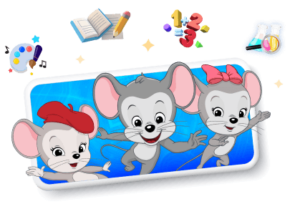
Then just $14.99/mo. until canceled
Rhyming Scheme Examples in Nursery Rhymes, Songs, and Poetry
Get some practice identifying rhyme schemes with these popular and familiar poems and lyrics. For each, make a note of the rhyme scheme as you identify it. Then, check your answers below.
1. Humpty Dumpty:
Humpty Dumpty sat on a wall
Humpty Dumpty had a great fall
All the king’s horses and all the king’s men
Couldn’t put Humpty together again.
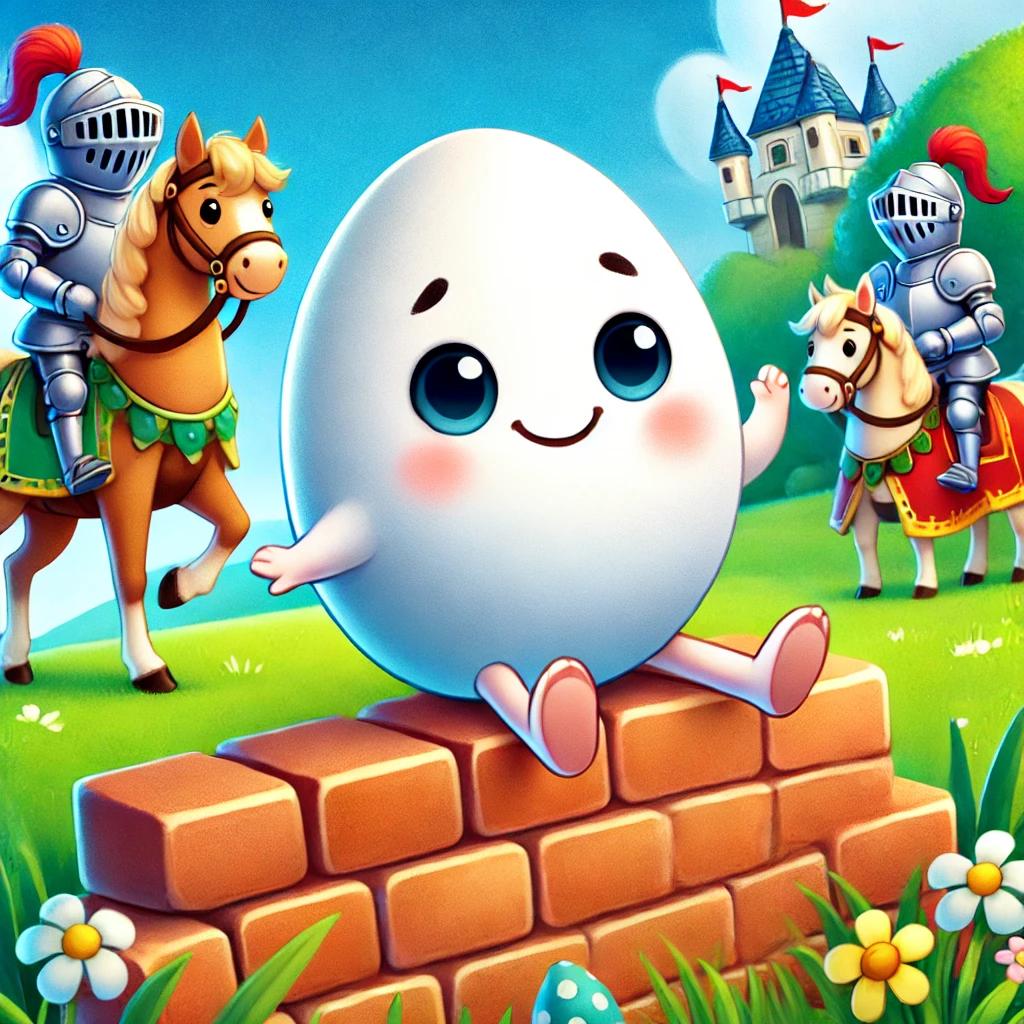
2. Mary Had a Little Lamb
Mary had a little lamb
Whose fleece was white as snow.
And everywhere that Mary went
The lamb was sure to go.
3. Little Bo Peep
Little Bo-Peep
Has lost her sheep
And doesn’t know where to find them.
Leave them alone
And they’ll come home
Dragging their tails behind them.
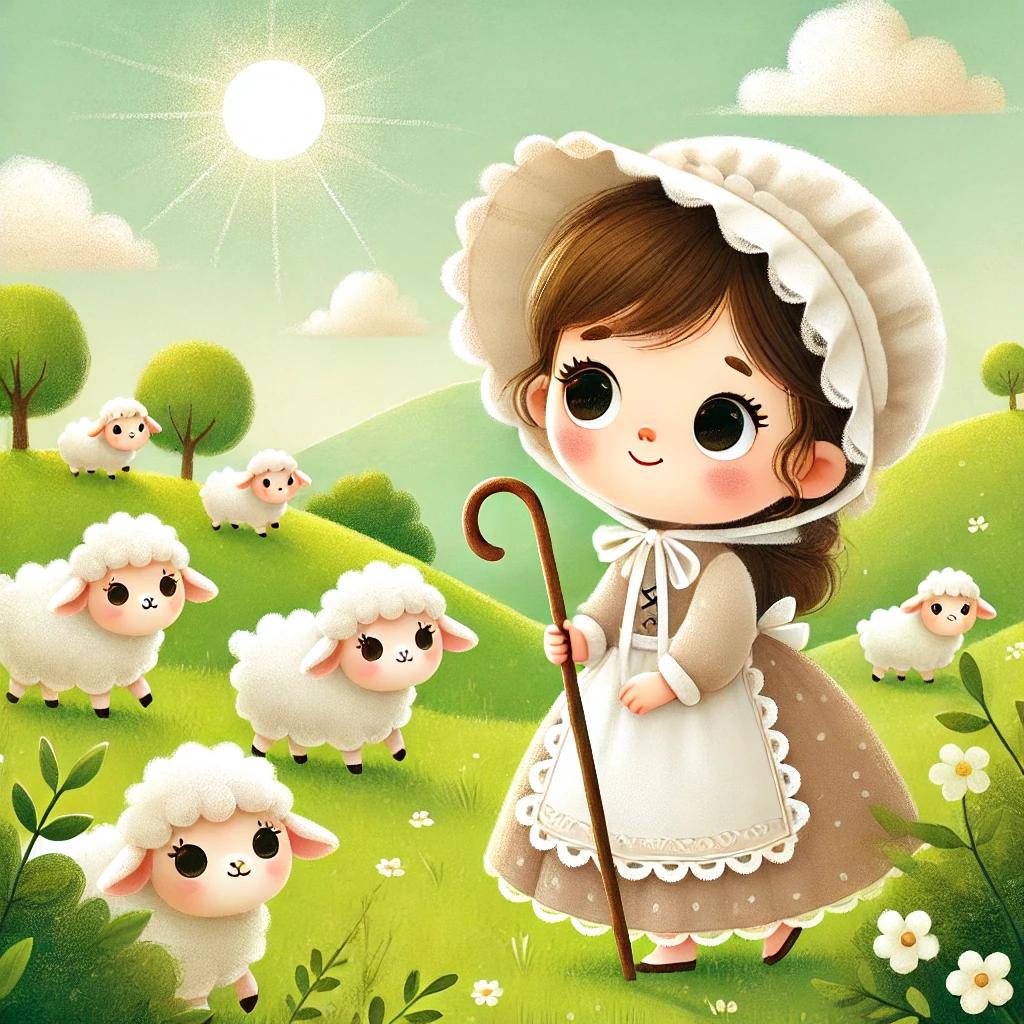
4. There Was an Old Man from Peru
There once was a man from Peru,
Who dreamt he was eating his shoe.
He woke up at night,
With a terrible fright,
And found that his dream had come true!
5. I’ve Been Working on the Railroad
I’ve been working on the railroad
All the live-long day.
I’ve been working on the railroad
Just to pass the time away.
Can’t you hear the whistle blowing?
Rise up so early in the morn.
Can’t you hear the captain shouting,
“Dinah, blow your horn!”

Answers:
1. AABB
2. ABCB
3. AABCCB
4. AABBA
5. ABAB CDED
Find more rhyming poems to practice with in our article Rhyming Poems for Kindergarten & Early Readers, which features short and long rhyming poems for kids.
Rhyming Scheme Activities for Young Students
Looking for more ways to practice rhyming schemes with your young learner? Try these fun games and activities!
Rhyme Scheme Match

Write poems, song lyrics, or nursery rhymes on cards. Then create matching cards showing just the rhyme scheme letters for each. Your child can match up the scheme cards with the rhyme cards, play a game of memory, or sort the poems and songs based on their rhyming schemes. Use our nursery rhymes with lyrics to help if needed.
Name That Scheme
Drop all the cards with rhymes or poems on them into a bag, and take turns pulling one out. Read the rhyme and figure out the scheme. If you get it right, you keep the card. Otherwise, it goes back into the bag for another try.
Rhyme Scheme Singalong

This time, drop all the rhyming scheme cards into the bag. Pull one out, then try to come up with a song or nursery rhyme that uses that scheme. Everyone can chant or sing along to make sure you’re right.
Write Your Own Poem
Place all the rhyme scheme cards into a pile and shuffle them up. Each player pulls one, then has to write their own poem or song that matches the lyric. Share the new poems and songs with each other. You might just create a new family favorite! If you need some inspiration, use our list of rhyming words or our rhyming poems for kids.
ABCmouse Rhyming Games
The ABCmouse library is full of learning games created by experts to support your child’s early literacy journey. Try rhyming games like these to help develop phonemic awareness and word family knowledge in a fun and engaging manner.

Crazy Race: The -am Family: As your race car zooms along, look at the pictures it passes and determine if the item it shows fits into the -am family.

Austin and Scout: Sight Word Escape: Help this pair of adventurers escape the temple by correctly identifying rhyming pairs of sight words.

More Cloud Collecting: Ivan needs your help testing his cloud collector, by selecting words that rhyme with the words you hear.
More Rhyming Activities
Engage your child with more playful rhyming practice with this list of rhyming games activities for young children, these rhyming riddles, or this list of 50 Rhyming Books for Kids.
Complete Access to our Rhyming Resources Hub
ABCmouse’s Free Rhyming Resource Hub offers fun activities, games, books, and printables to help kids build phonemic awareness and a love for language.
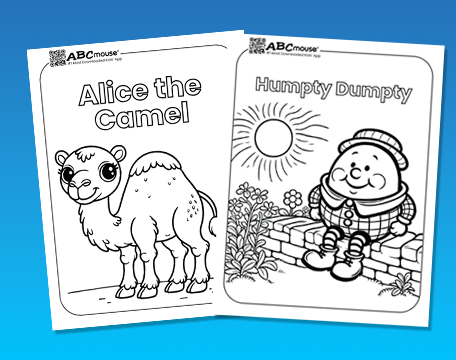
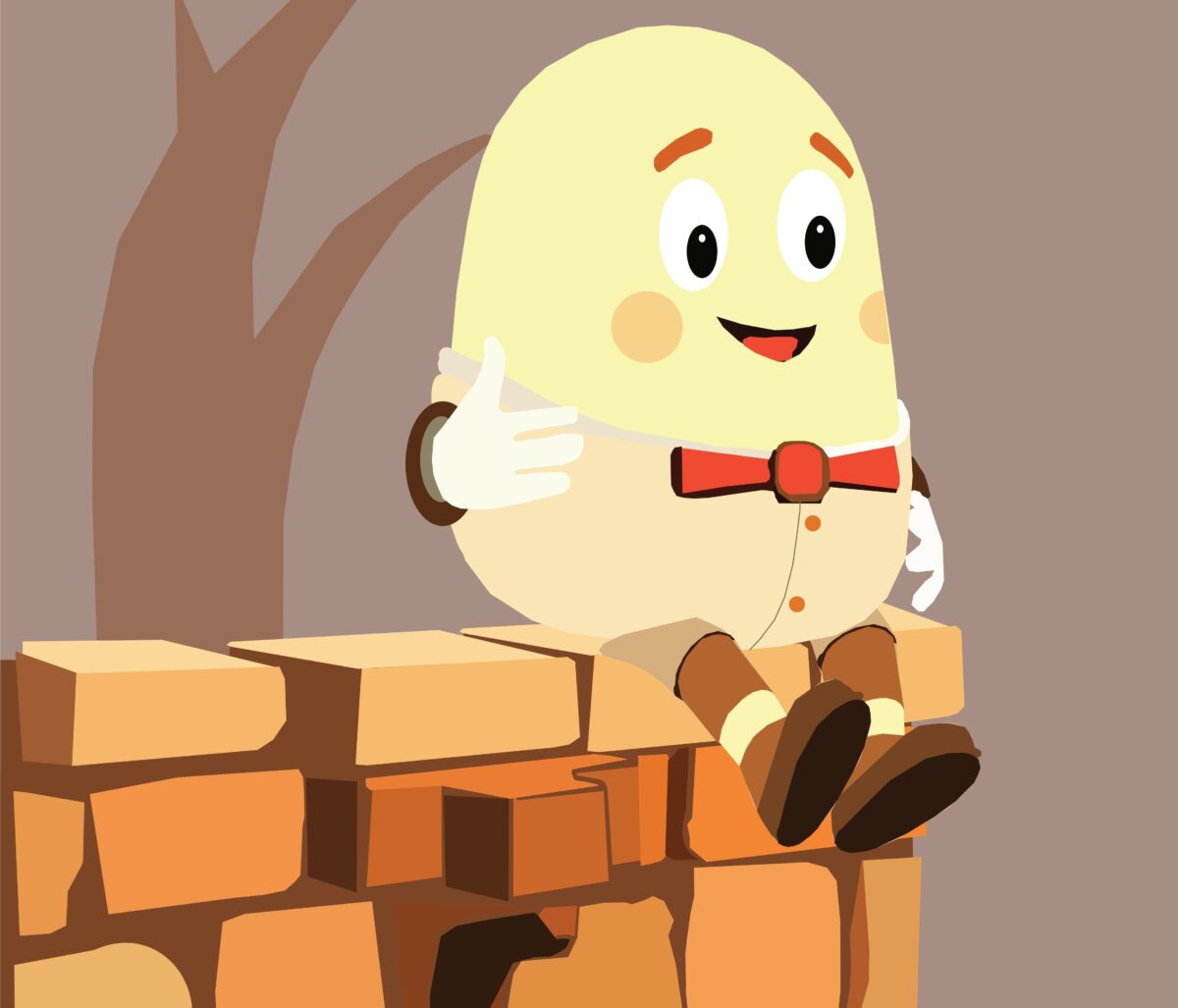
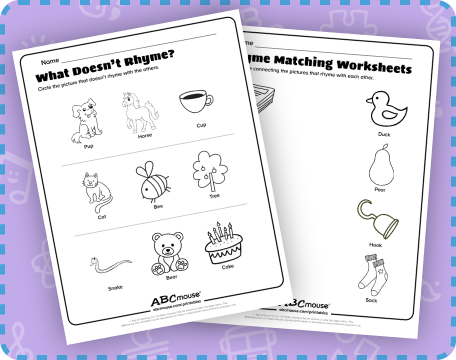
With rhyming riddles, poems, and interactive games, children can explore rhyming in playful ways. The hub also includes teaching tips and creative writing activities for toddlers through early elementary students.
Complete Access to our Rhyming Resources
ABCmouse’s Free Rhyming Resource Hub offers fun activities, games, books, and printables to help kids build phonemic awareness and a love for language.
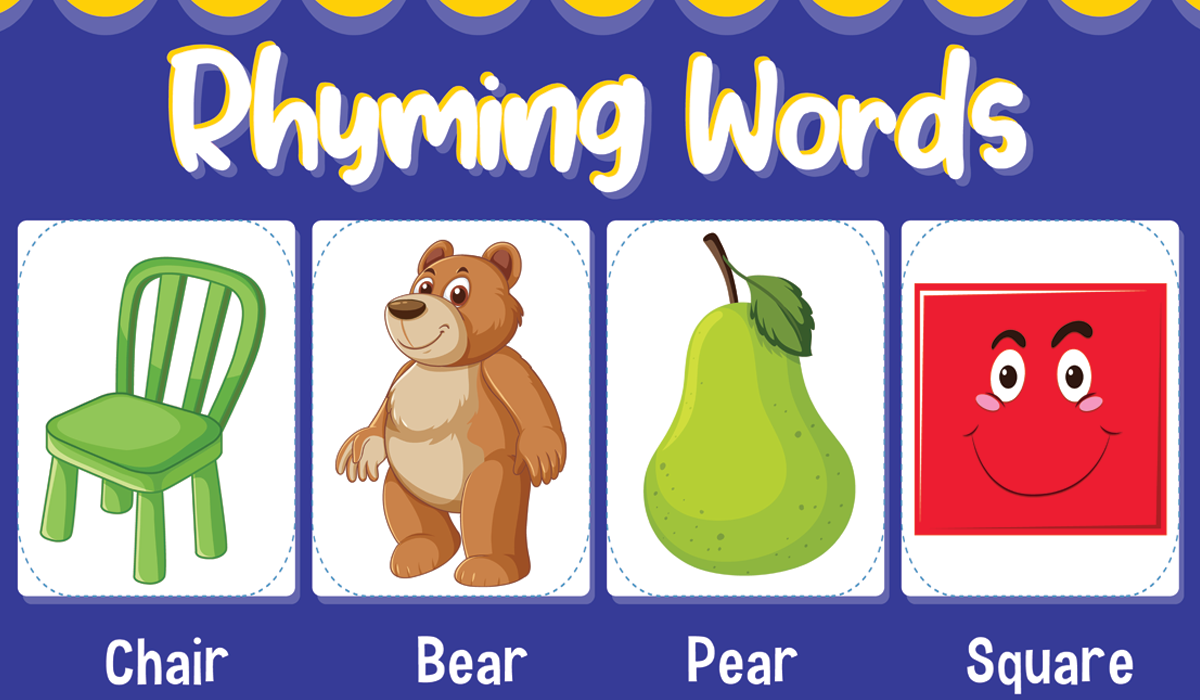
With rhyming riddles, poems, and interactive games, children can explore rhyming in playful ways. The hub also includes teaching tips and creative writing activities for toddlers through early elementary students.
#1 Downloaded Kids’ Education App in the U.S.
The ABCmouse app has so much to offer! You and your child will find 10,000+ games and activities designed by curriculum experts to nurture math and reading skills, along with an extensive digital library and so much more. Our research-back curriculum focuses on preschoolers through second graders.
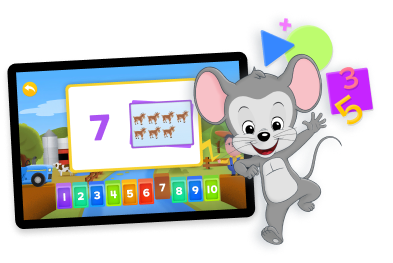
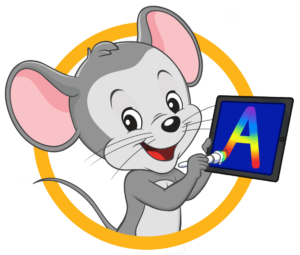
Then just $14.99 a month until canceled
Related Posts…
-
Rhyming Schemes for Kids with Examples
Learn what a rhyme scheme is, see examples from poems and nursery rhymes, and discover fun activities to help kids recognize and practice rhyming patterns.
-
Why Rhyming is Important? (Tips for Teaching)
Discover why rhyming is key for early literacy and how it helps kids develop phonemic awareness. Get expert insights and fun activities to teach rhyming.
-
Rhyming Couplets – With Definitions and Examples
Discover rhyming couplets with fun examples, poetry styles, and engaging activities for kids. Explore famous poems and creative ways to learn rhyme!
-
Spring Poems for Preschool & Kindergarten
Celebrate spring with fun poems for kids! From rhyming verses to gentle free verse, these seasonal poems bring sunshine, rainbows, and nature to life.
-
Easy Ways to Teach Blending Words
Teach young readers to blend words with these fun strategies and activities! Discover phonics blending techniques, examples, and hands-on learning tips.
-
Best Rhyming Books for Young Readers
Discover 50 engaging rhyming books for toddlers to second graders! Boost early literacy skills, enjoy playful language, and make reading even more fun.

